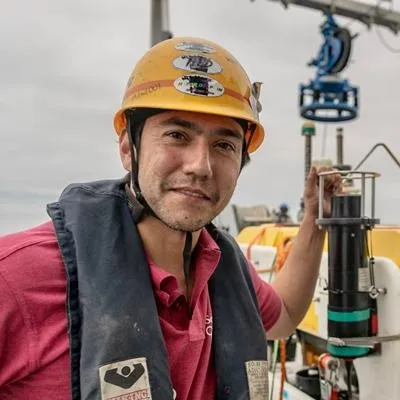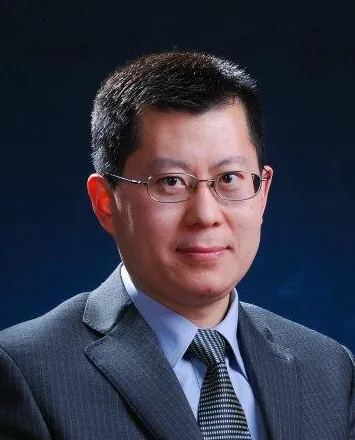About the project
This project will develop and test microfluidic systems that can be deployed aboard small robot submarines (micro-AUVs) to sample and analyse aquatic chemistry.
AUVs are normally equipped with sensors and/or imaging equipment to perform tasks in remote marine locations without human interaction (e.g. determine water quality, inspect underwater structures, survey unexplored areas of sea floor) and come in many different sizes. The smallest are typically ≤1m in length and are referred to as “micro-AUVs” (e.g. those made by ecoSub and Seaber). Their small size and low cost means they can be deployed by a single person and in large numbers, however, it also means there is limited power and payload-space - hence there is a strong requirement that micro-AUV sensors are small and low-powered.
Due to these limitations, there are currently no sensors for measuring chemical species (e.g. nitrate, phosphate, dissolved CO2) suitable for micro-AUVs. Measuring chemical species is essential for monitoring pollution, quantifying ocean uptake of atmospheric carbon dioxide, understanding marine ecology, and various other applications. Existing chemical sensors are either too power-hungry or too large. Recently however, a new type of nitrate sensor based on droplet microfluidics was developed in Southampton [1] which is much smaller and economical compared to the state of the art - a such it is a perfect potential candidate for use in micro-AUVs.
This project will explore how this microfluidic sensor can be adapted to micro-AUVs. In practice this will involve design, fabrication, and optimisation of microfluidic sub-components (e.g. pumps and valves for sampling and manipulating water, optical flow cells, manifolds etc.) mechanical and electronic interfacing with a micro-AUV (specifically an ecoSub µ5), lab testing of the sensor independent of - and integrated with - the AUV, and ftesting in a suitable marine environment. You will work with academics and lab technicians within the University, as well as external academic collaborators (e.g. at National Oceanography Centre) and industrial collaborators (ecoSub). The project would be suitable for a candidate with a good undergraduate degree in mechanical engineering, a similar engineering discipline; or a chemist keen to get involved with the technical side.
[1] A. M. Nightingale et al., Environmental Science & Technology, 2019, 53, 16, 9677


